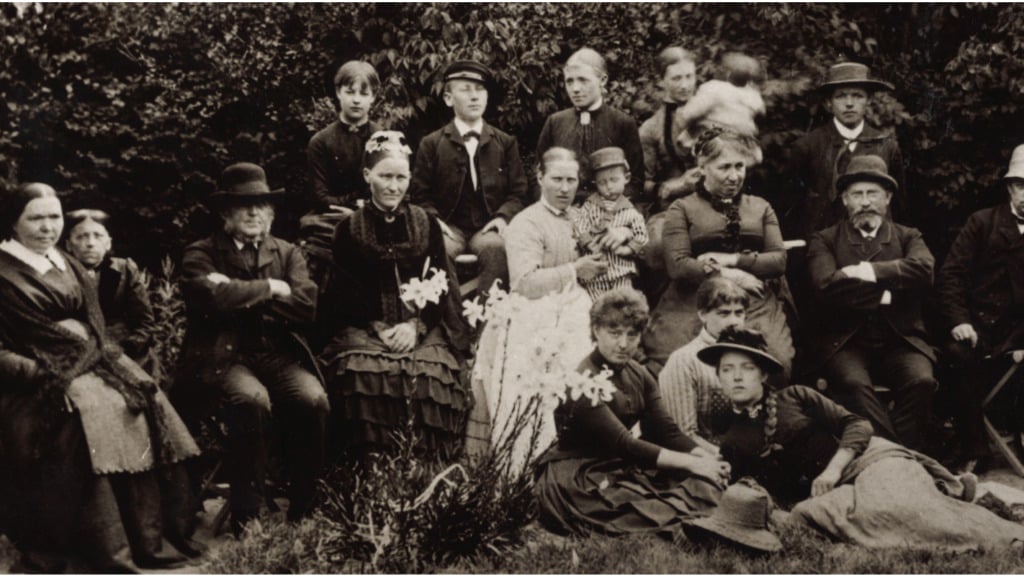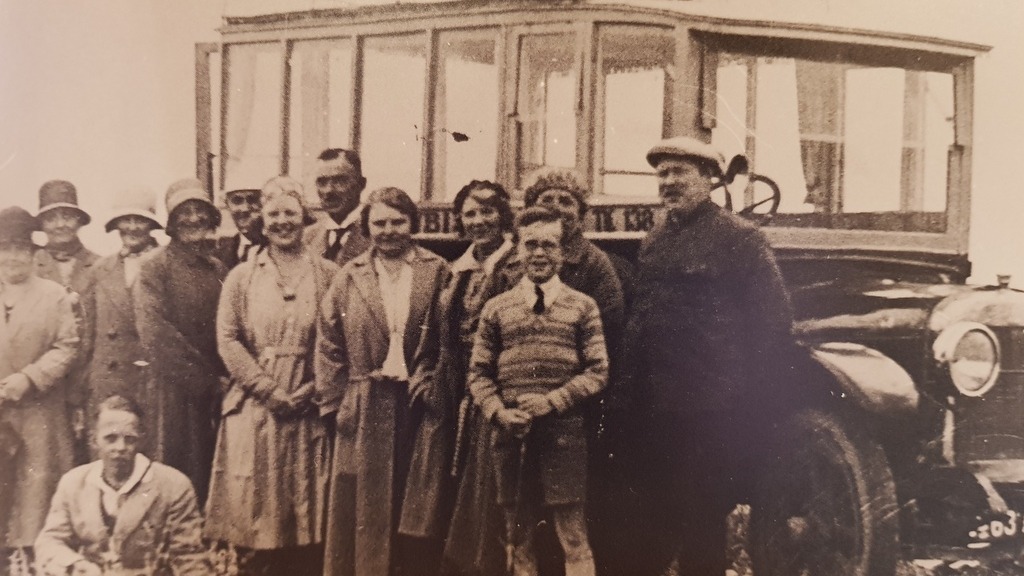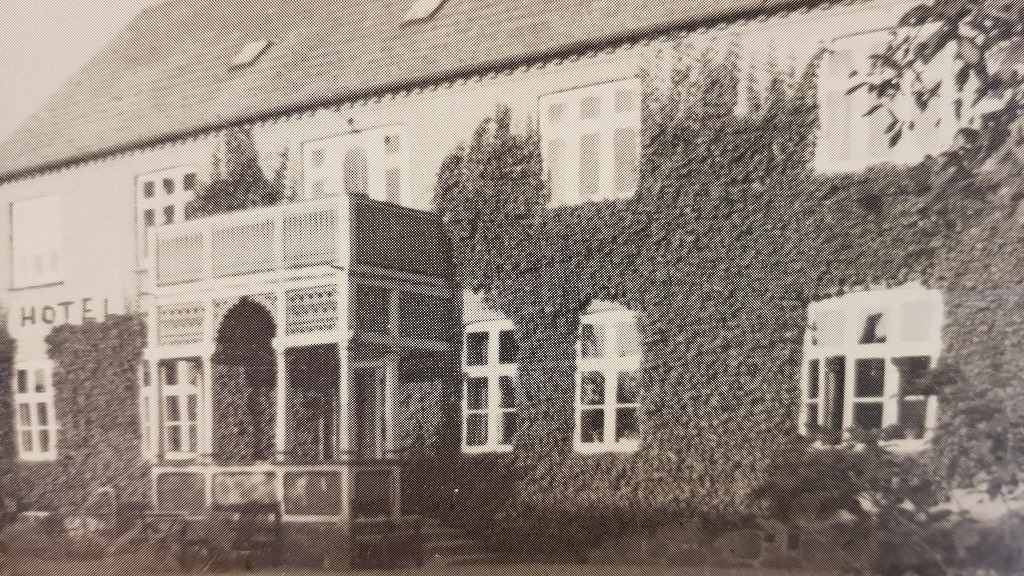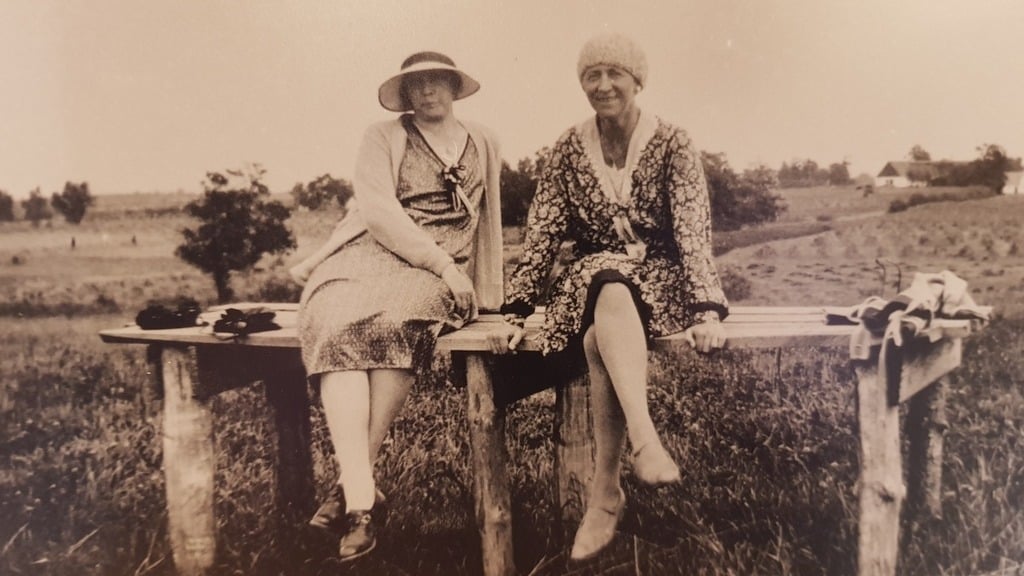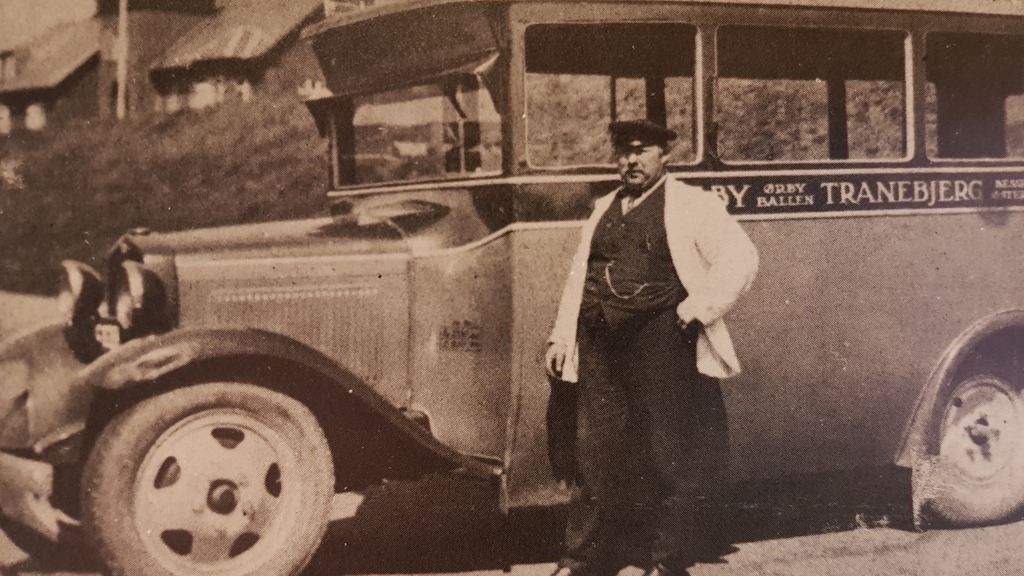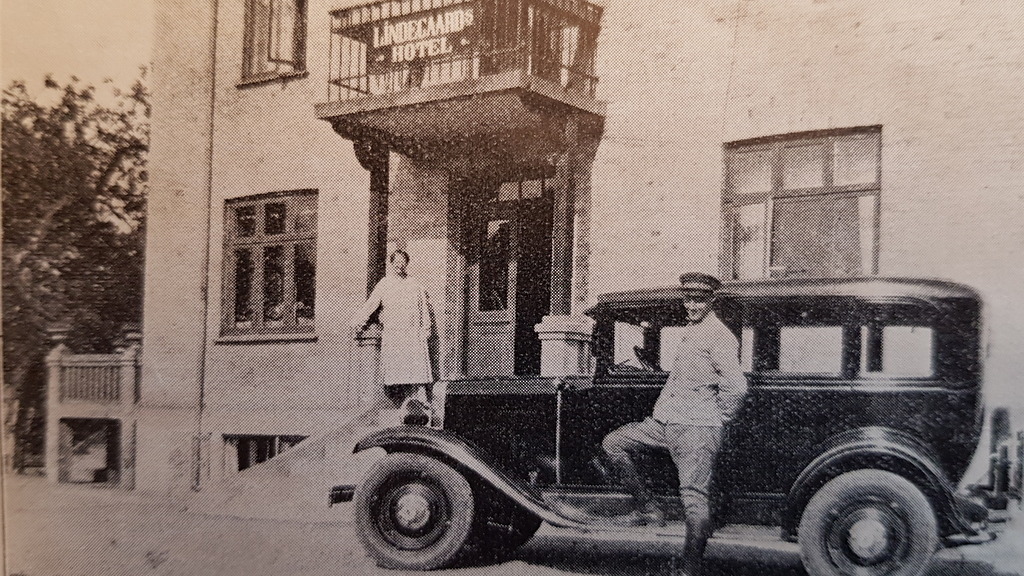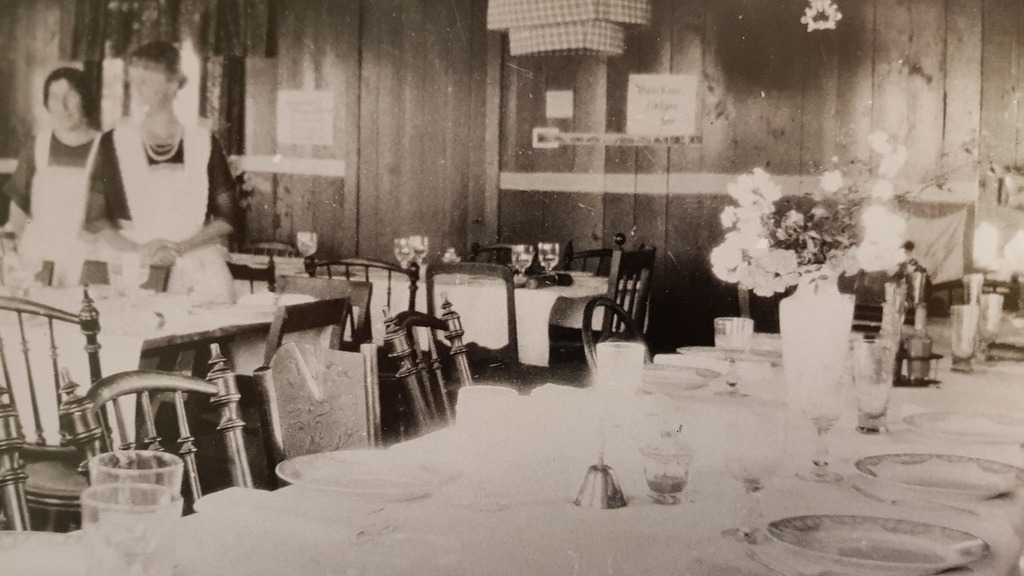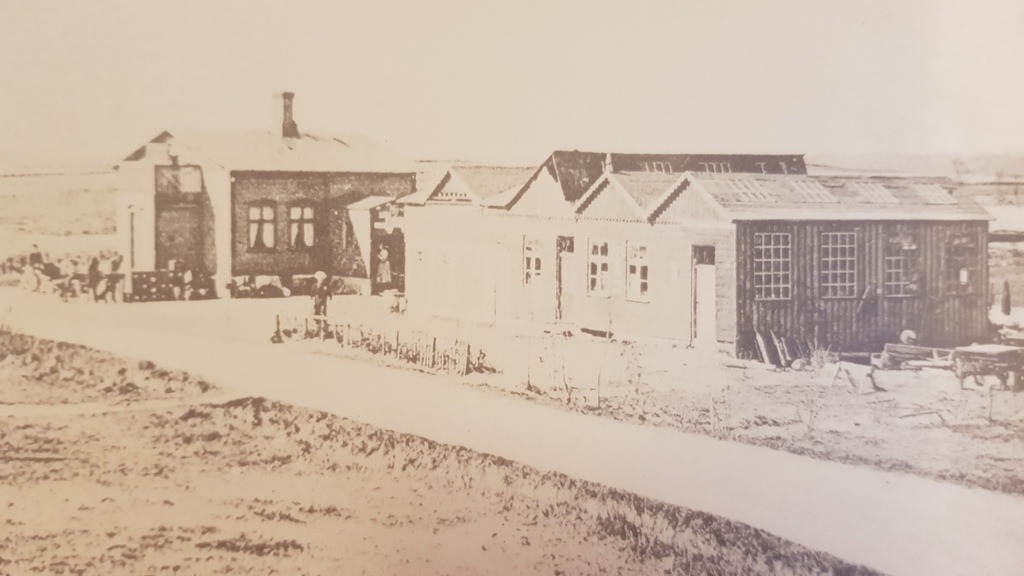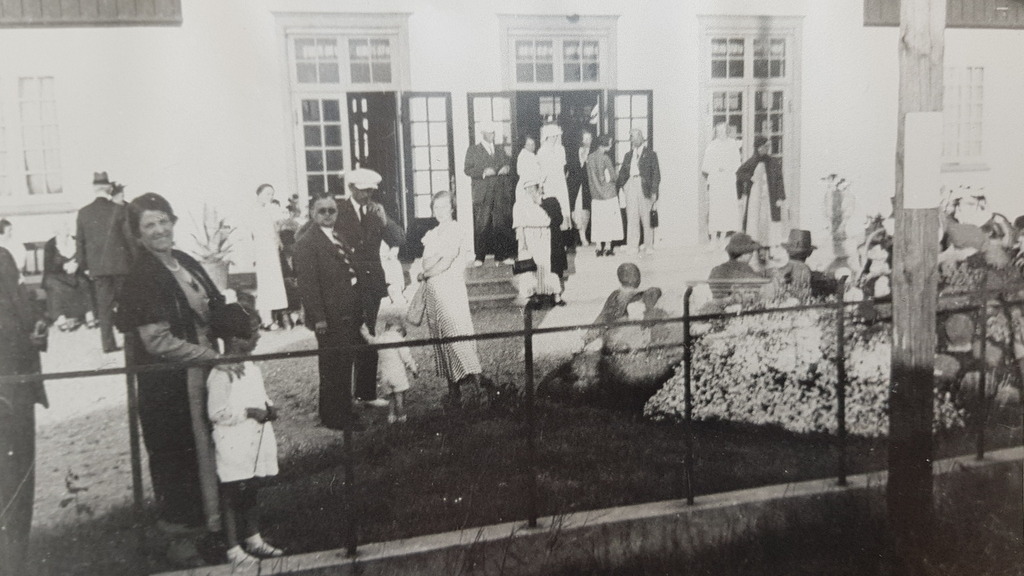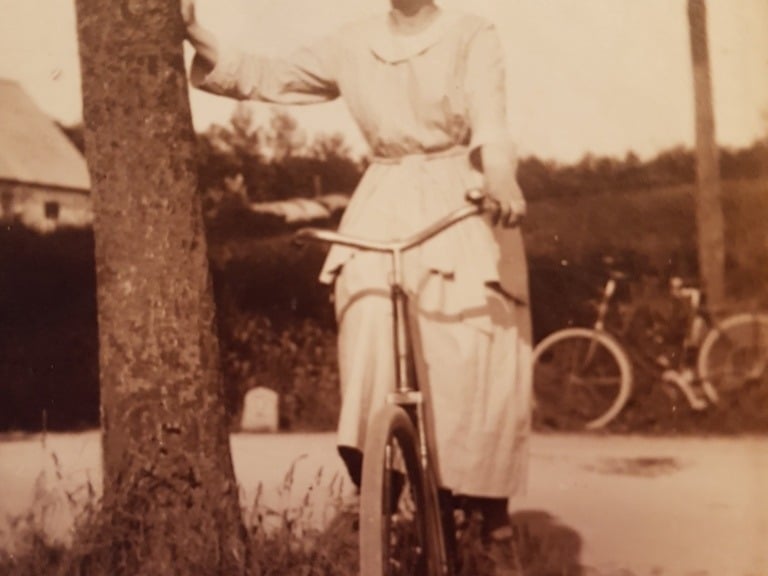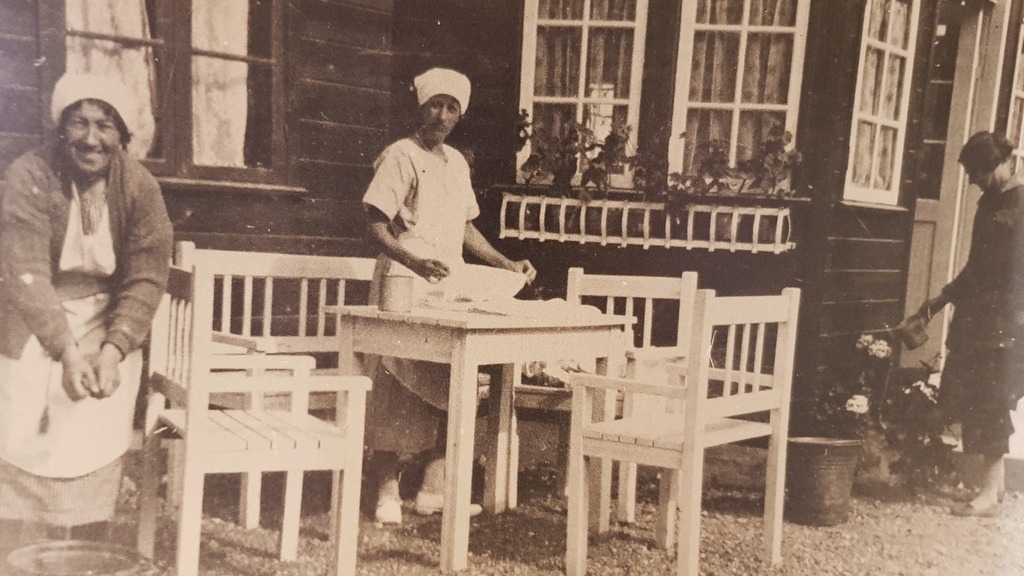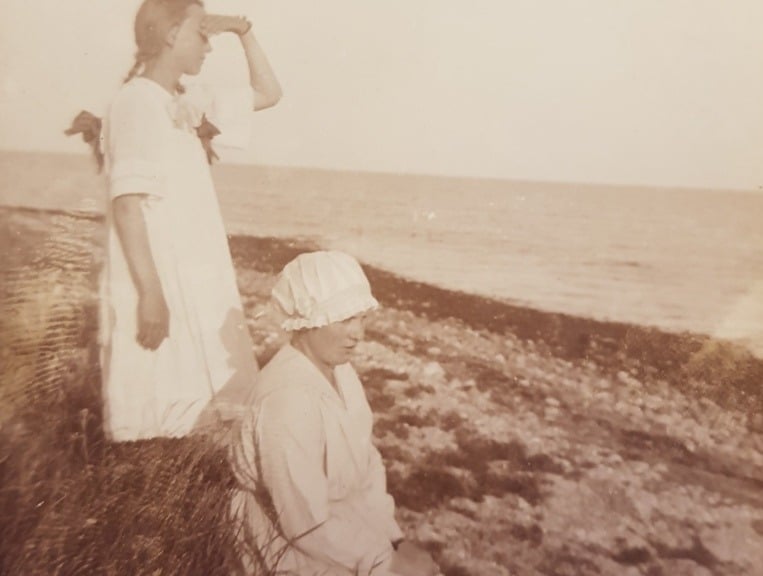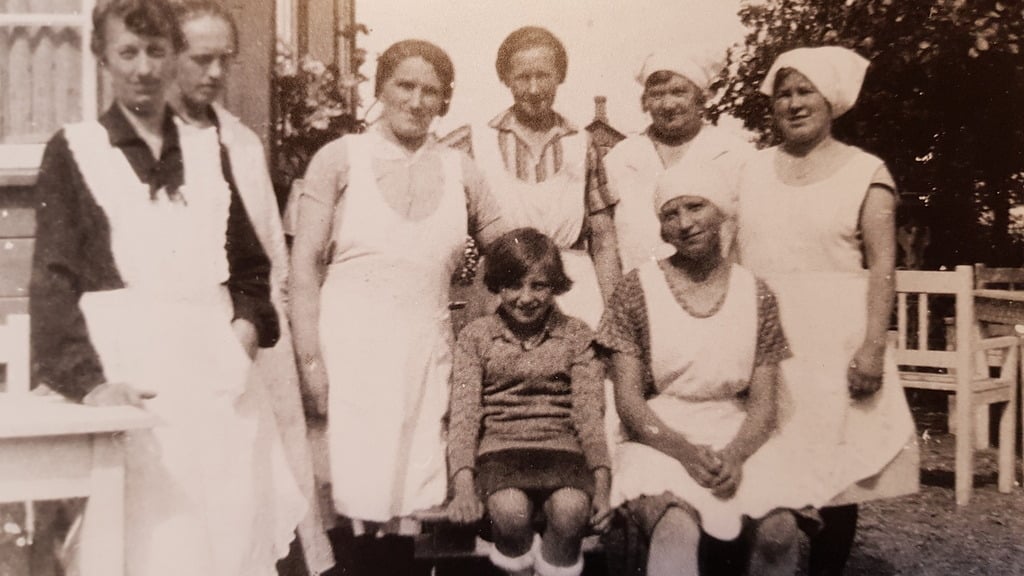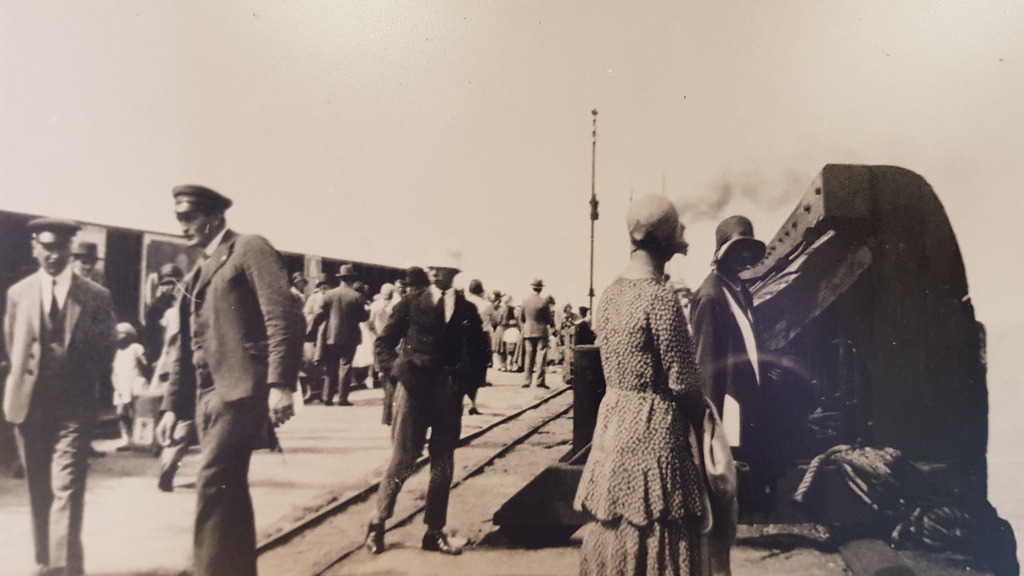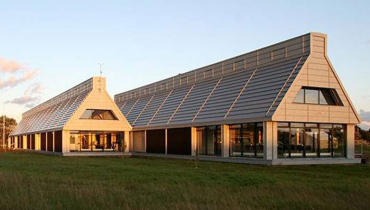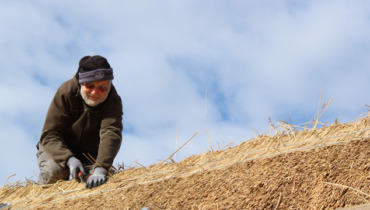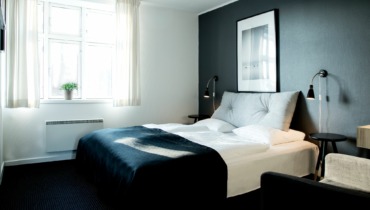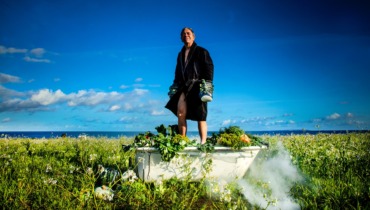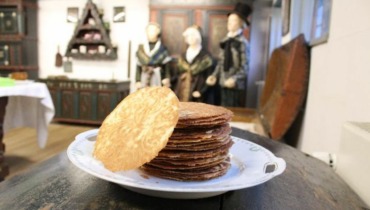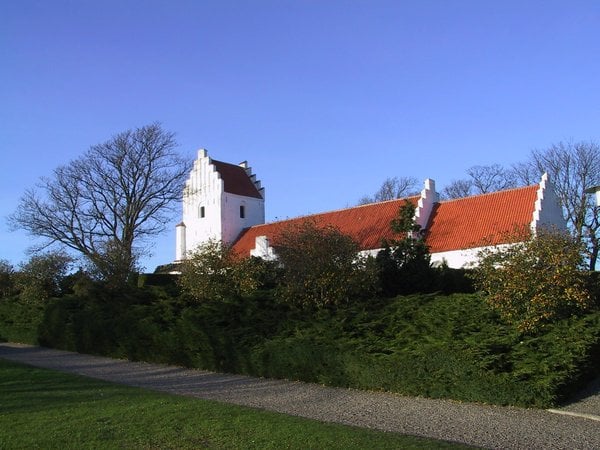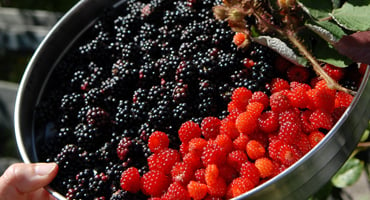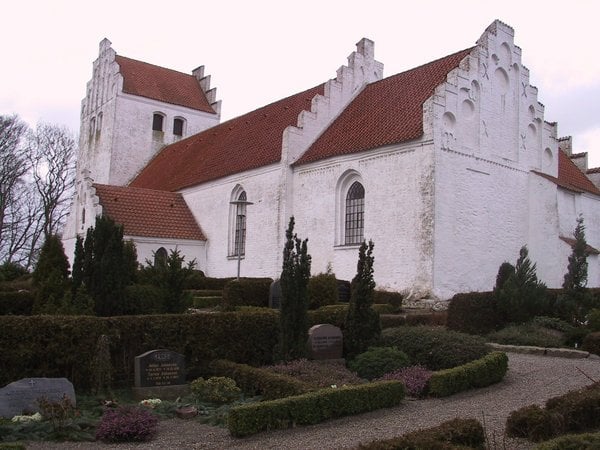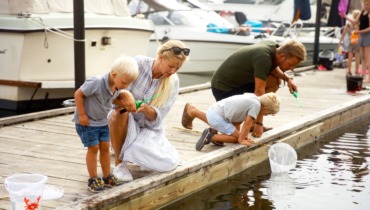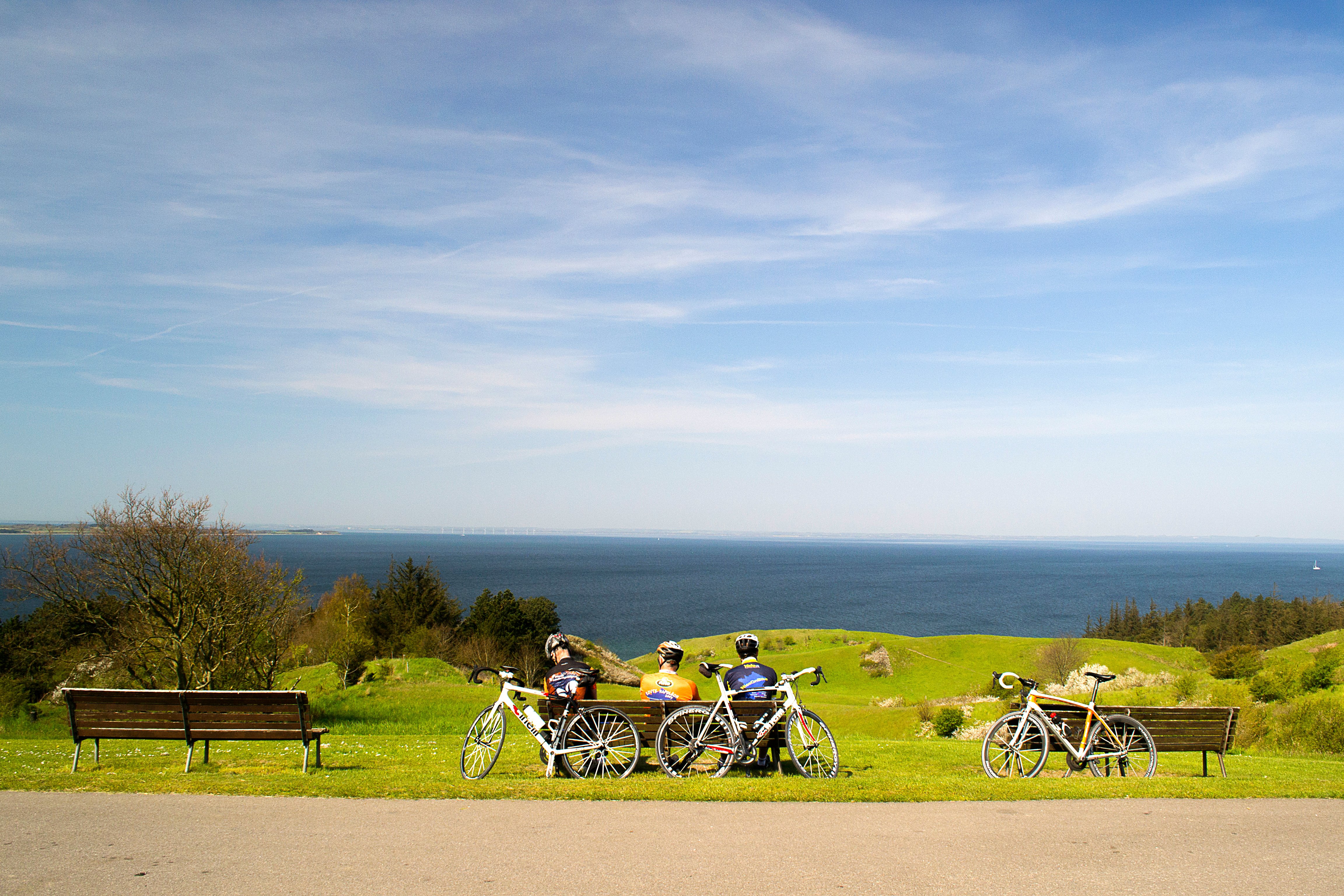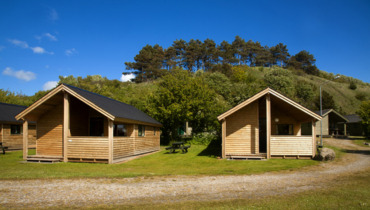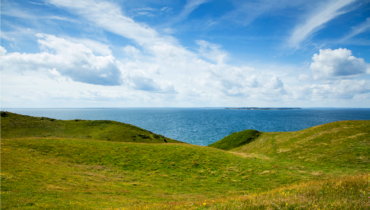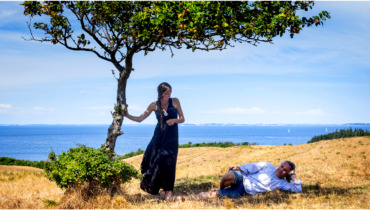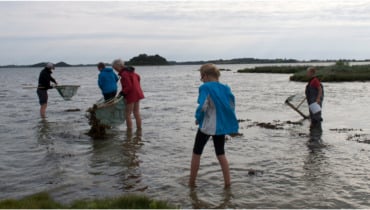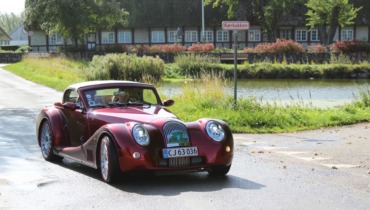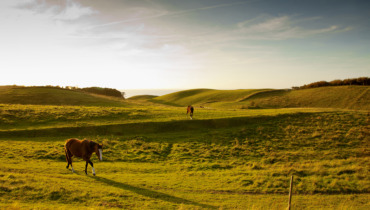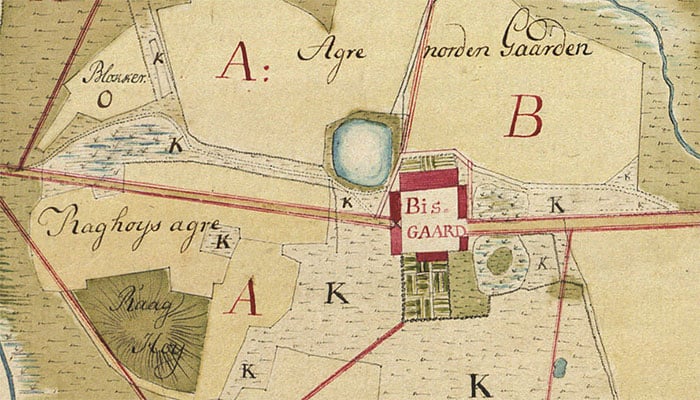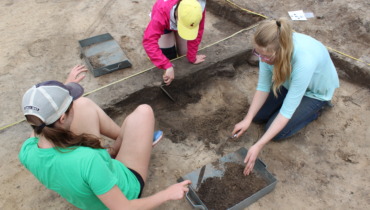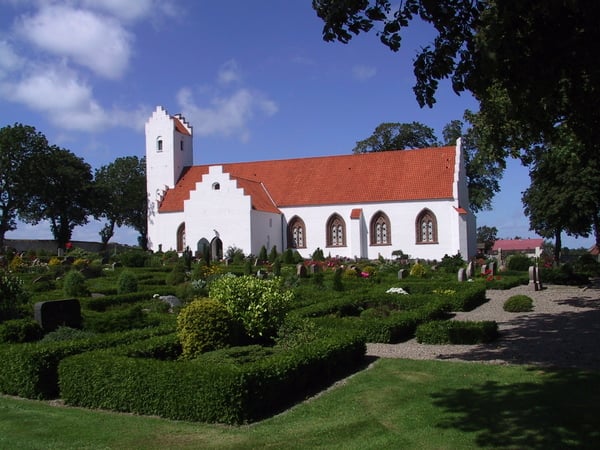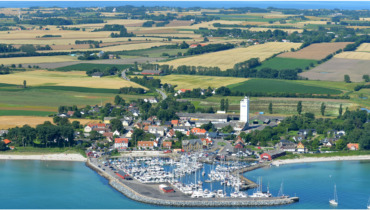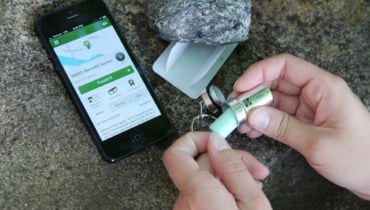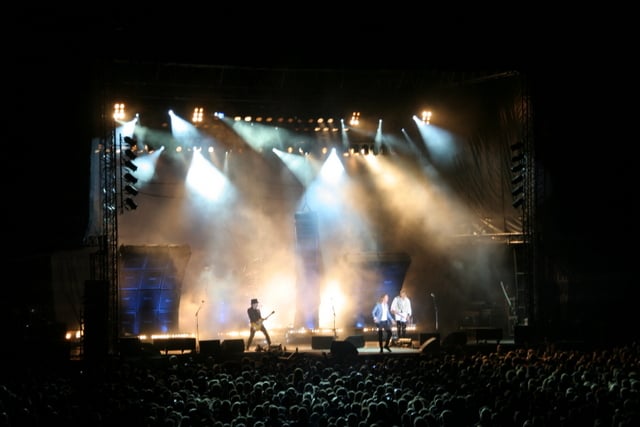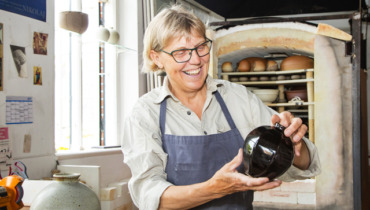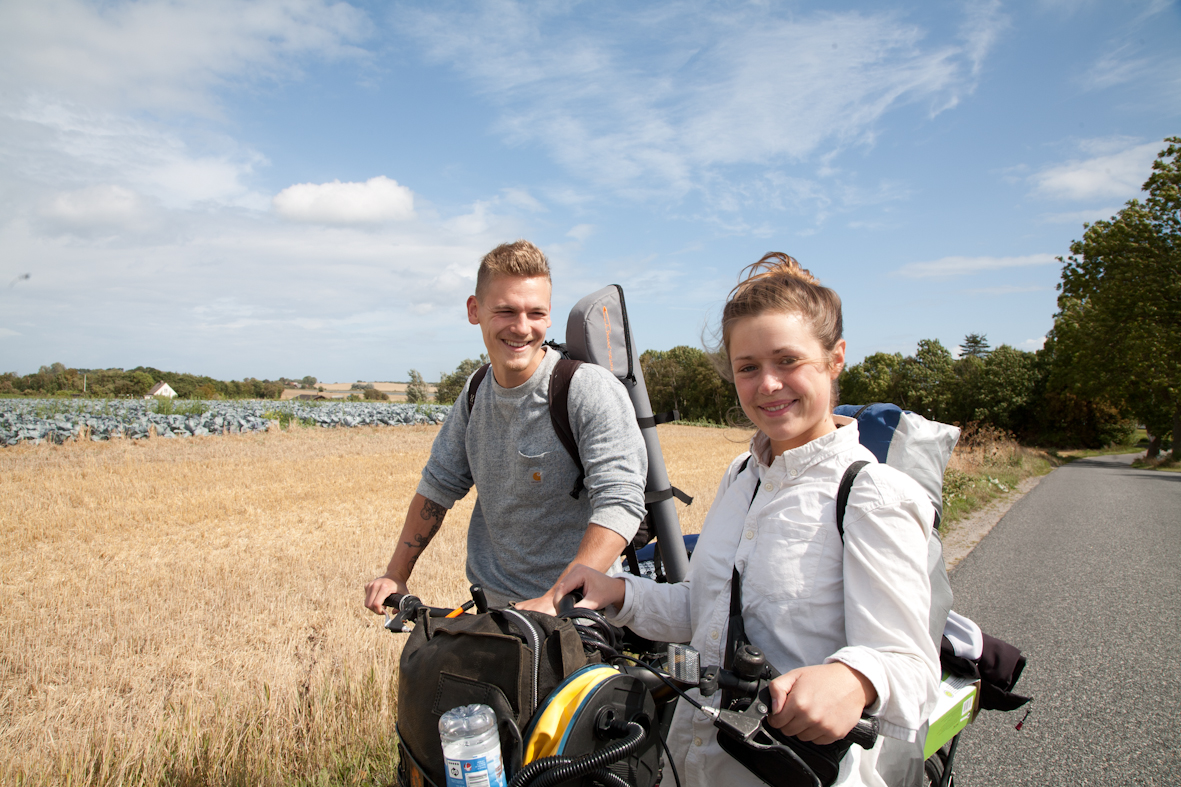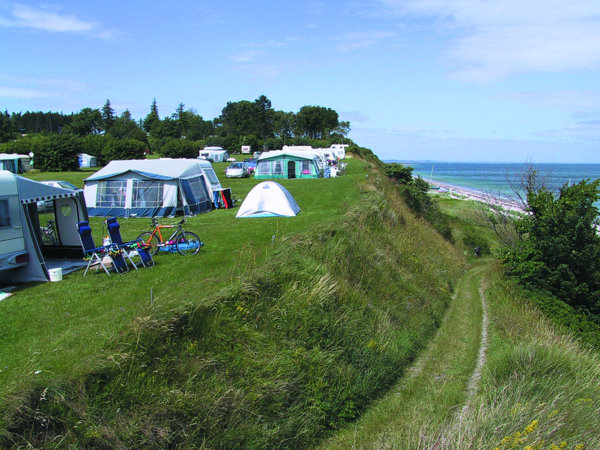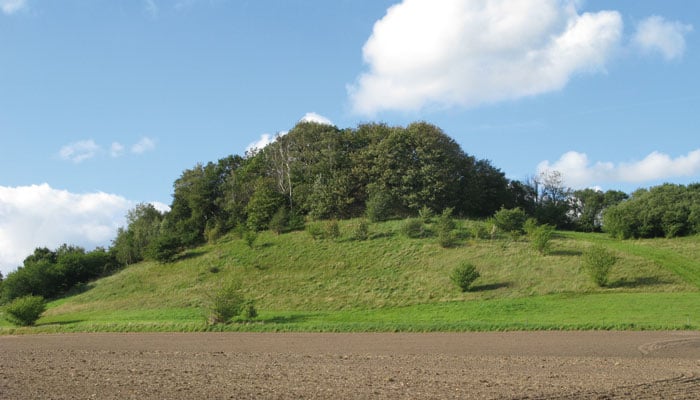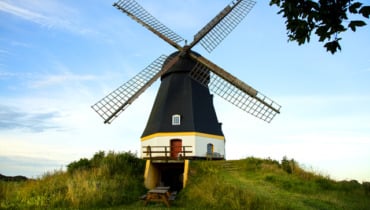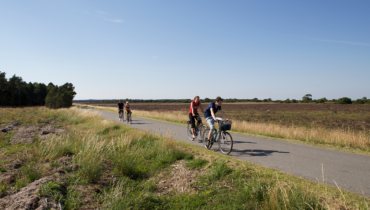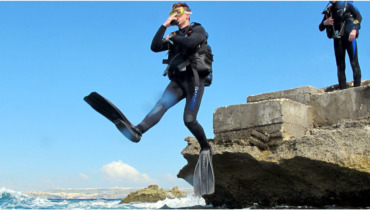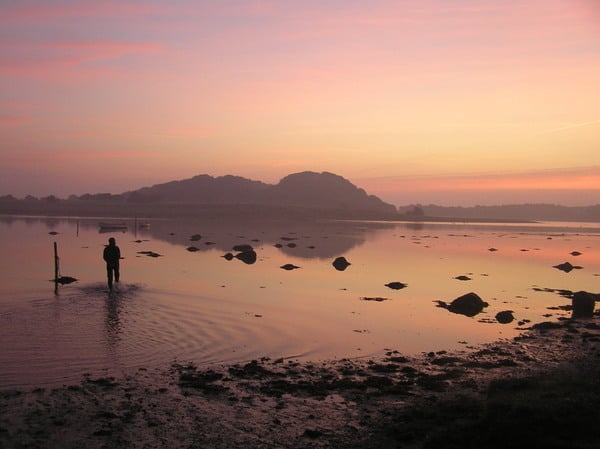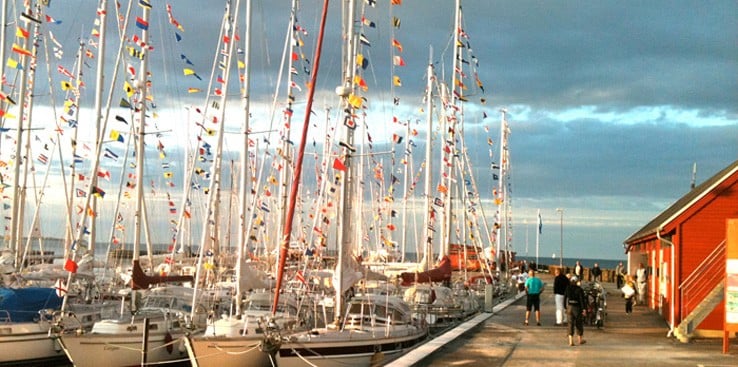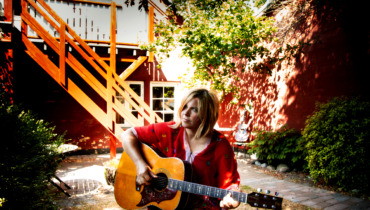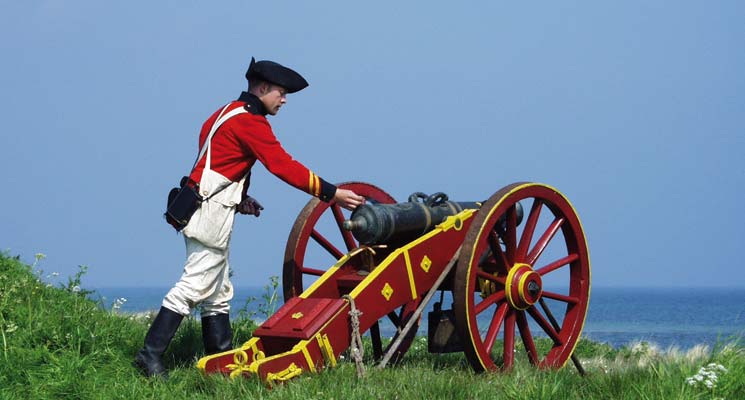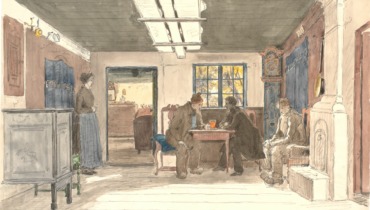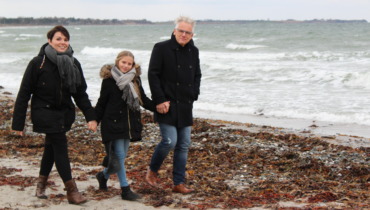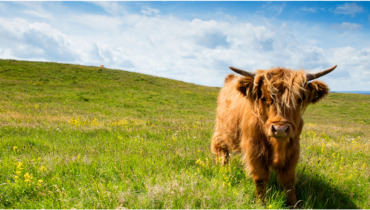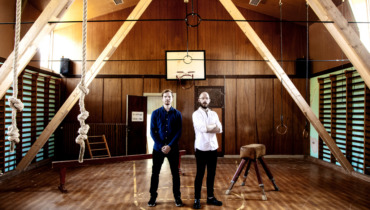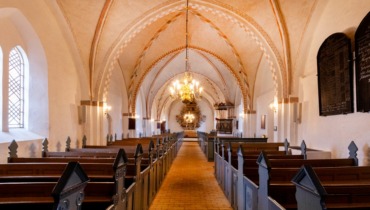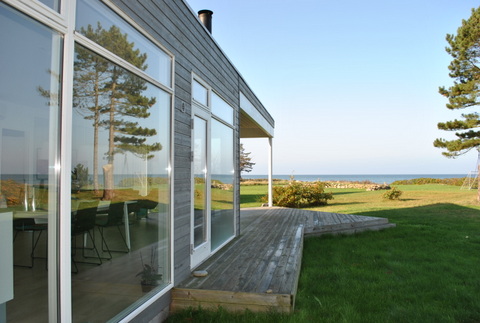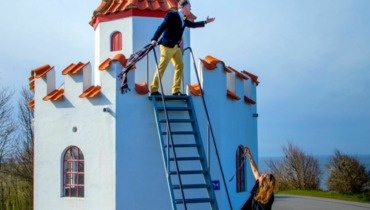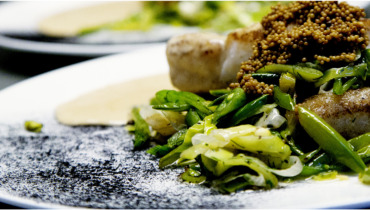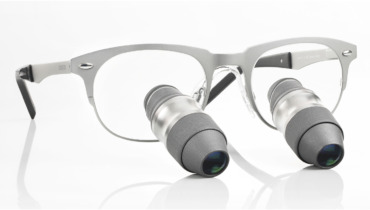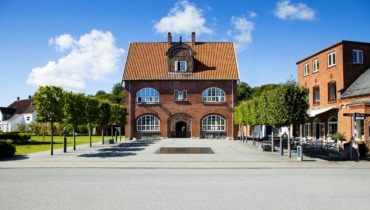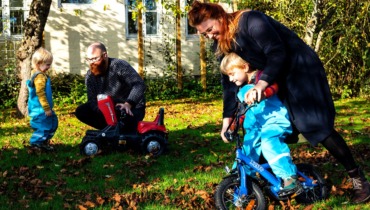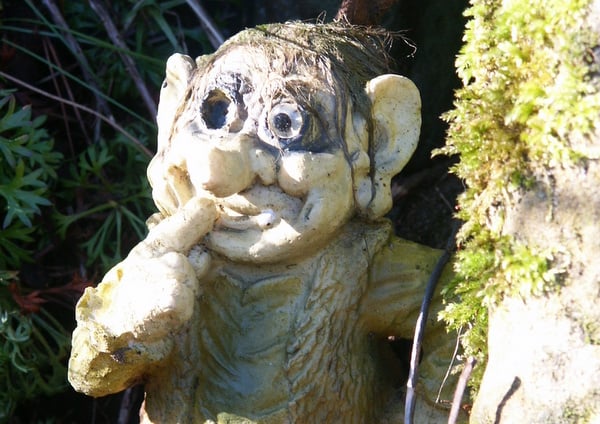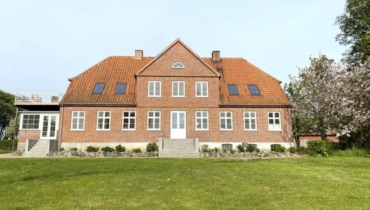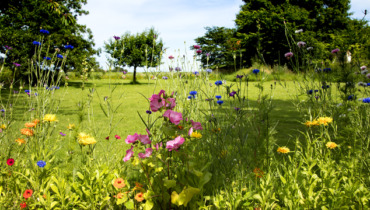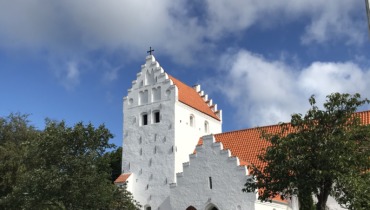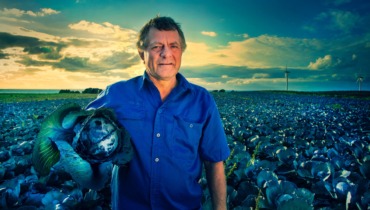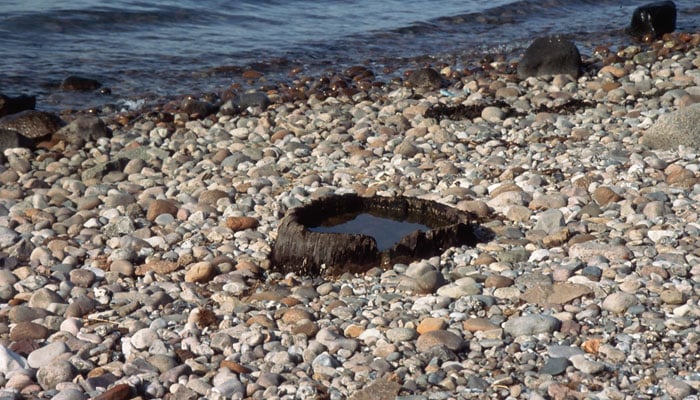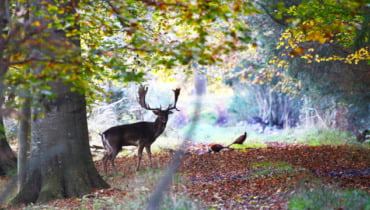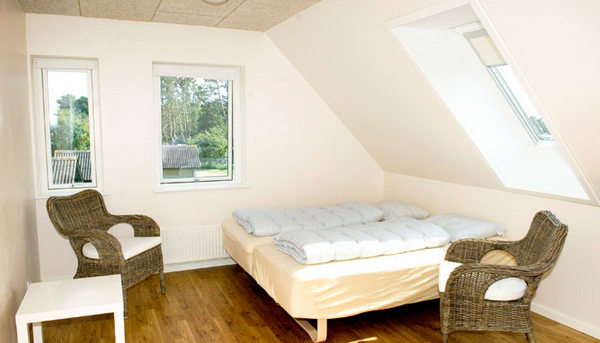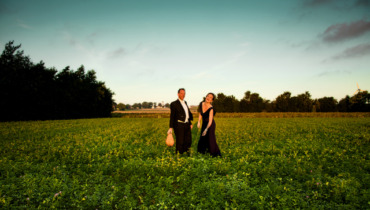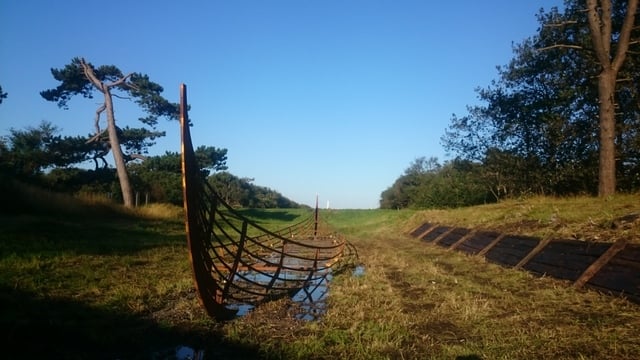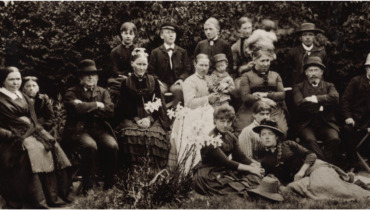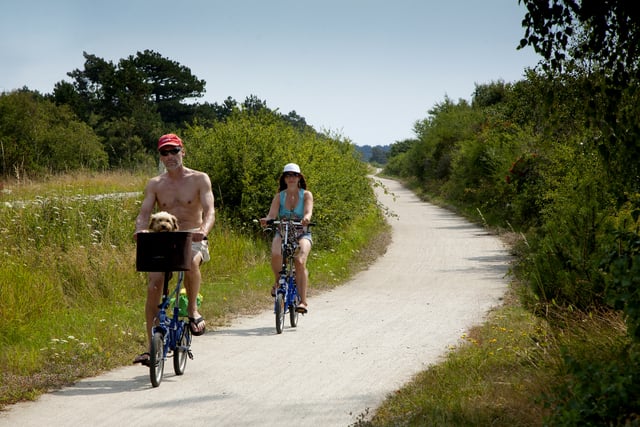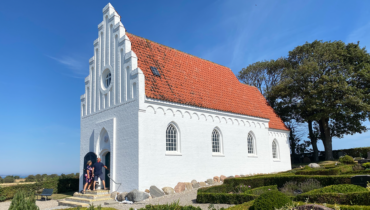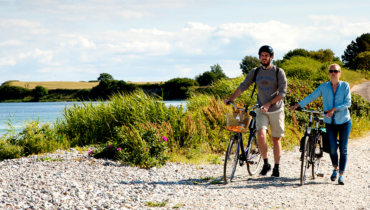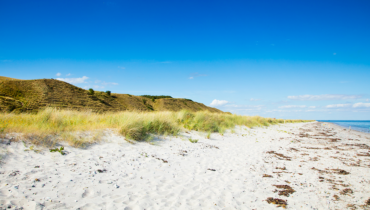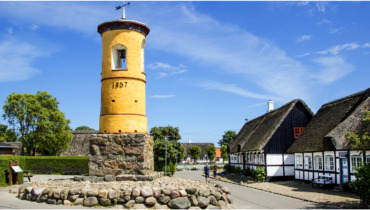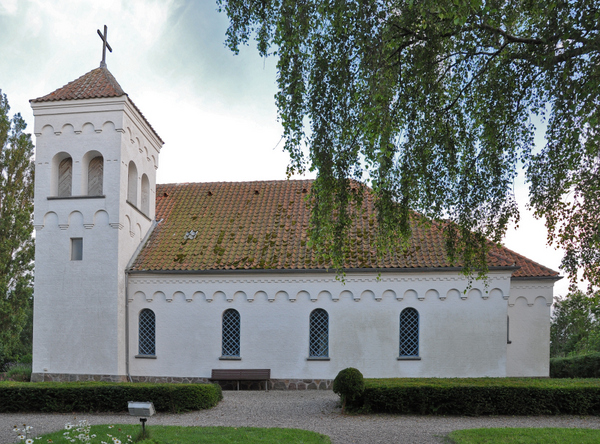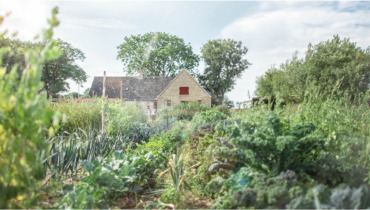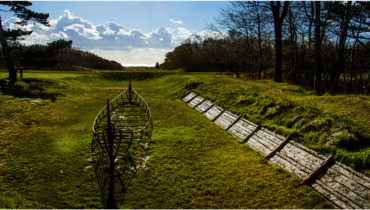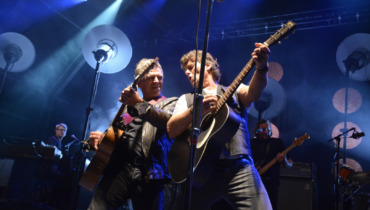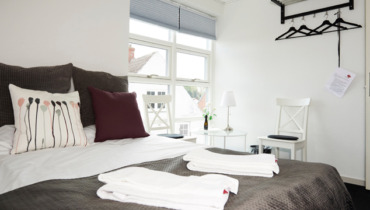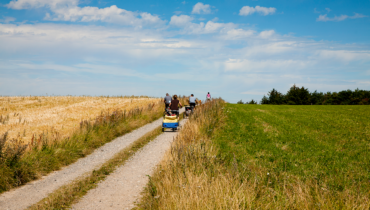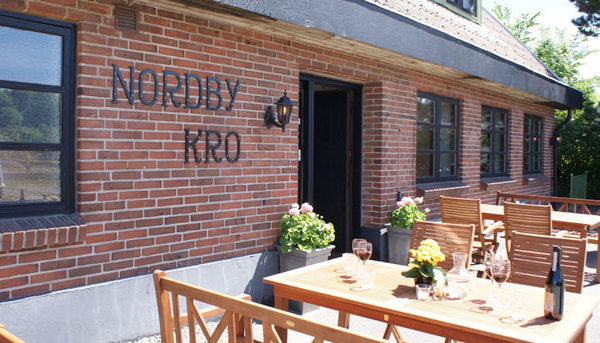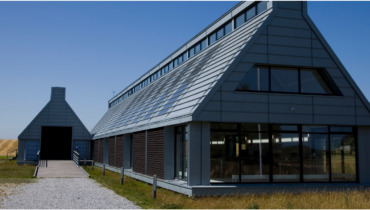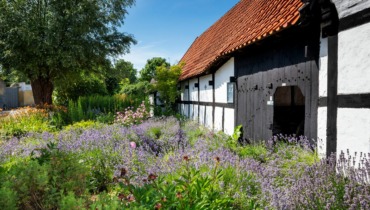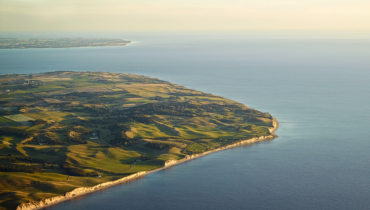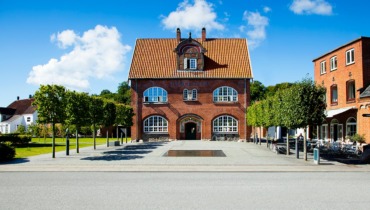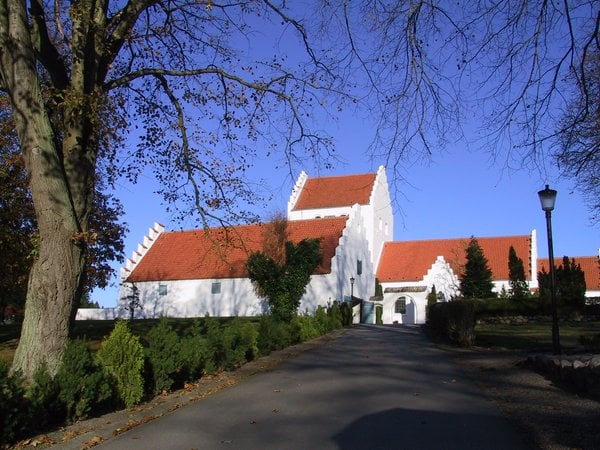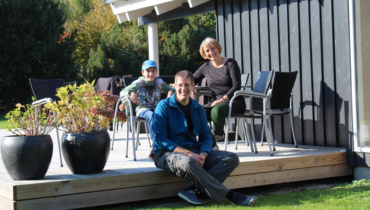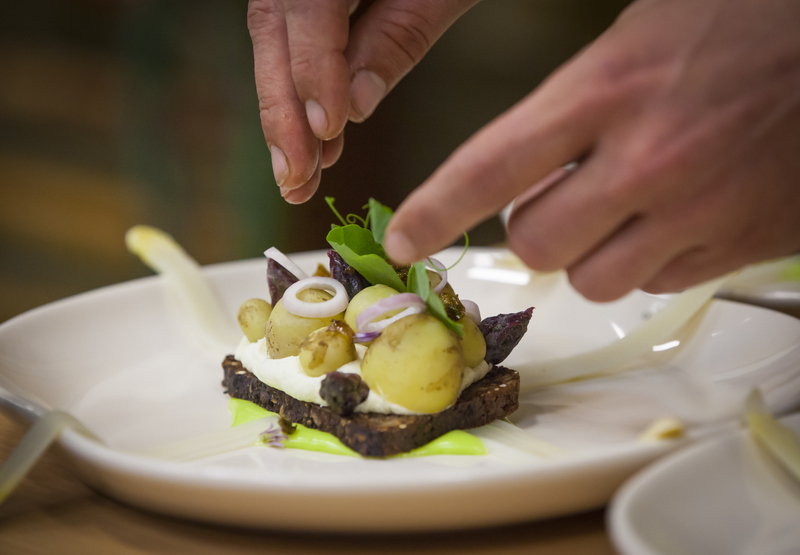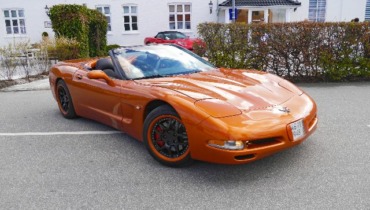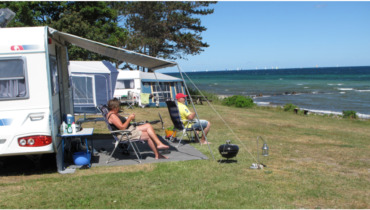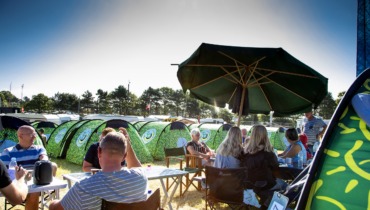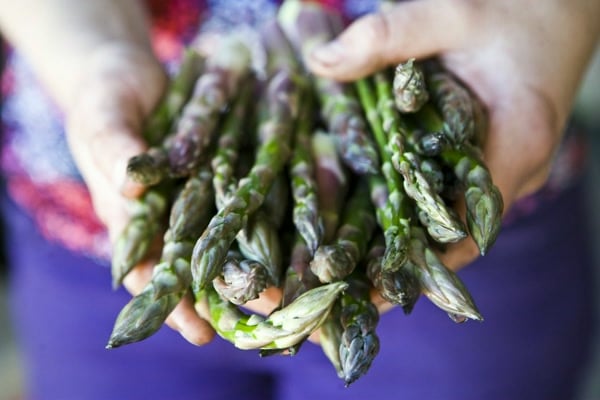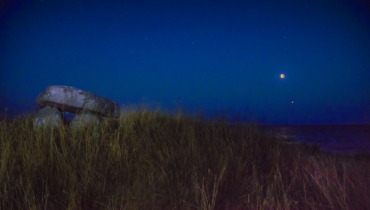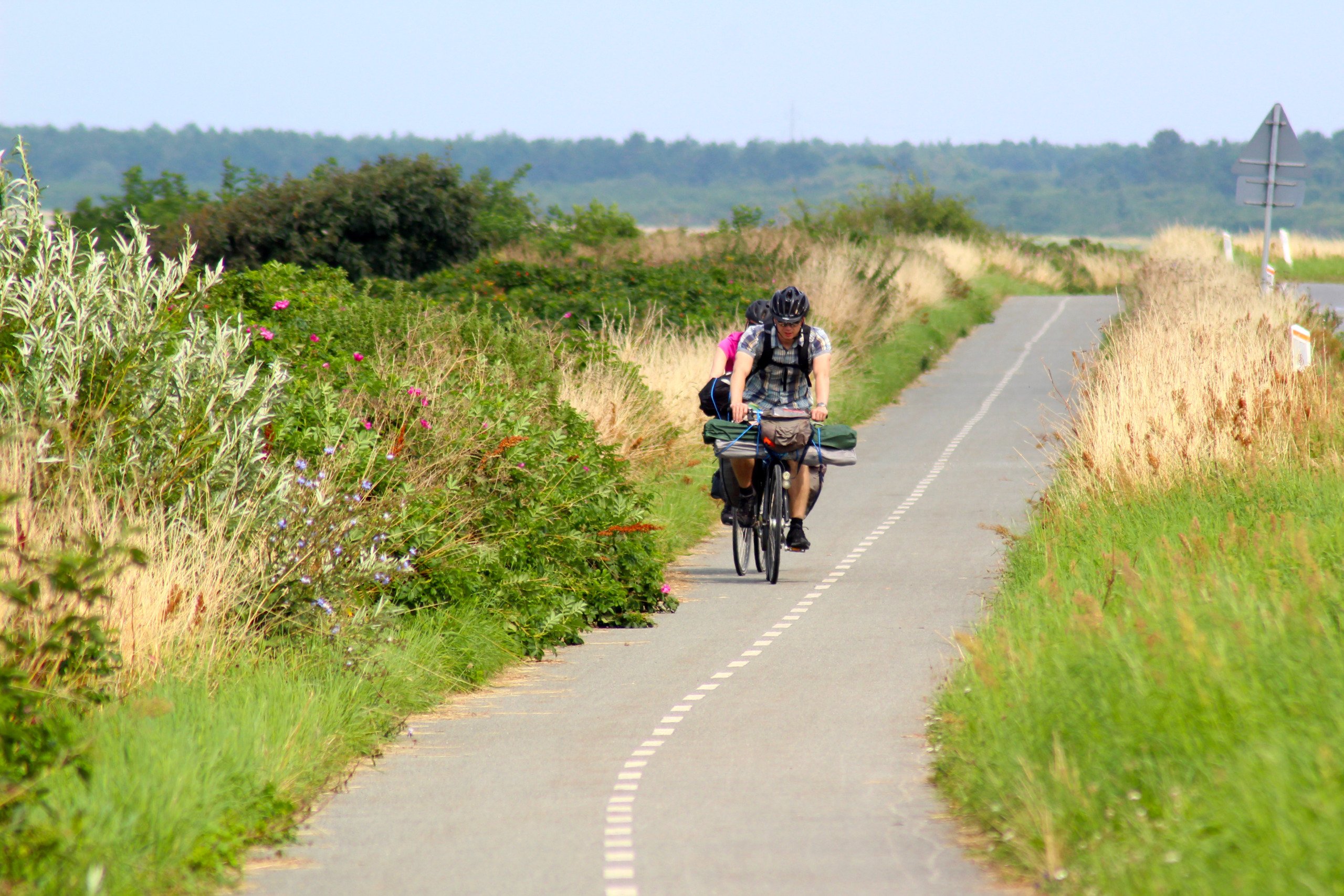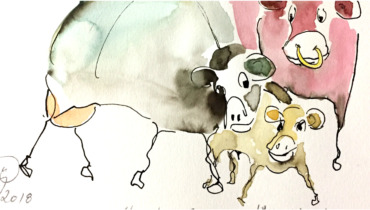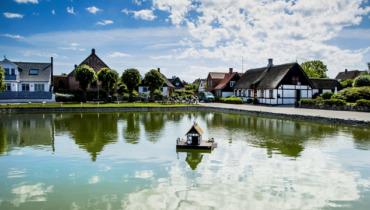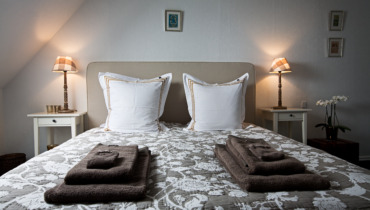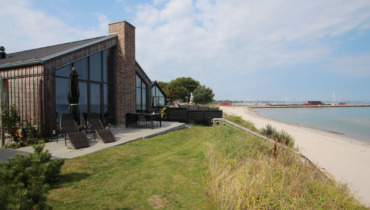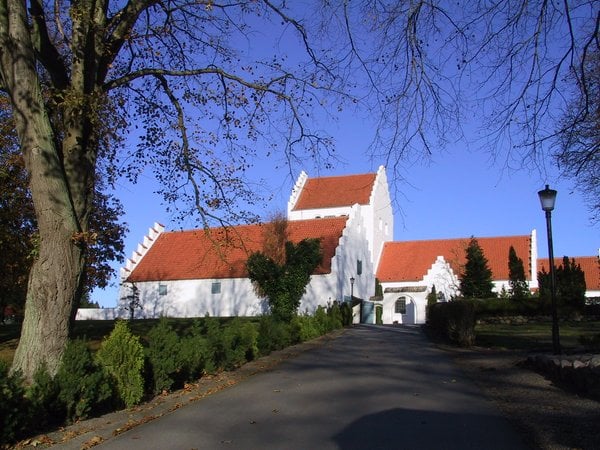Seaside hotel and country guests
In 1879 the artist and poet, Holger Drachmann, landed on Samsø with his bride, Emmy Culmsee. The honeymoon really ought to have been on Iceland, but for several reasons the couple ended up on Samsø.
As well as being an artist, Drachman was also a journalist and he wrote, for his Copenhagen readership, an enthusiastic account of the island’s delights. And so tourism on Samsø was born.
A hearty welcome
Already in Drachmann’s time, the people of Samsø were famous for their great hospitality, which is illustrated by a holiday write-up from 1873. The unknown writer, a gentleman from the Capital, had received an invitation:
”Dear X. If you could cope with a stay on a little island, where the newspapers are three or four days old before they arrive and where there is neither Tivoli nor Frederiksberg, then pop over to my place in your summer holidays. The only thing I can promise you is that you’ll receive a warm welcome from me and that you will meet friendly and hospitable people over here.”
It was a ”Yes, please” from Mr X, and after a comfortable voyage from Korsør by steamer and a not-quite-so-comfortable disembarkation (the gentleman from Copenhagen was subjected to a tightrope walk along the ship’s railings, a ”scandalous chicken ladder in the depths” – presumably to the rowing boat to take him ashore – and a grazed shin in the process), he could at last take in Samsø.
Hospitality and companionship
Mr X spent several days on the island and was particularly fond of the beautiful nature, the excellent food and the pretty Samsø girls. Just listen: ”We met many girls walking arm in arm; and many of them looked damn good in their little golden bonnets (known as Gyldenstykshuer) on their heads”. Mr X continues, ”And we enjoyed such hospitality and good company on Samsø that a Copenhagener can scarcely imagine.”
These days, Copenhageners have learnt that Samsø hospitality comes in large measure. For instance, for more than a century the island’s hotels and restaurants have had a tradition of excellent personal service.
Rosy cheecks
Tourism on Samsø really kicked off in the 1910’s and 1920’s. Strandvejen in the little town of Ballen became the fashionable tourist centre. Several guest houses sprang up and many local people rented their houses out for the summer while the owners moved into outhouses.
Seaside hotels such as Glimt, Strandlyst and Samsø Baths attracted prominent guests from the country’s large towns. They stayed for several weeks at a time and enjoyed the fresh sea air, wholesome food and a good portion of fun helped along with a little tipple of brandy.
Probably the best known hostess of her time was Anna Wiberg. Living herself in Copenhagen, at the start of the 1920’s she rented a former Samsø factory building made of wood. This building is known today as Strandlyst. Frue Wiberg wrote in 1943 ”It struck me that Samsø was the place where Copenhageners could put colour in their cheeks again.”
Comfort was in short supply during the early years. The guests actually stayed in nearby farms and houses because there weren’t any rooms in the new establishment – just a canteen. Fru Wiberg reminisces, ”I knew that the food we gave them was wholesome and plentiful but the truth is that creature comforts were a little lacking. After darkness fell, the guests only had candles by which to see and only a few had the benefit of a washstand – the rest had to make do with a washbowl on a chair”.
But the guests returned and brought more with them. After ten yers, in 1931, Fru Wiberg built Samsø Baths, the yellow building on Strandvejen, now know as Walter’s Hvile. The place quickly became so popular that she had to build three annexes.
Fru Wiberg explains the importance of hospitality: ”People find themselves at a place where they have a strong feeling that they are not just a source of profits, but friends we would like to look after. So I think that the hard work has paid off, although I haven’t had a holiday in 23 years. I’ve seen happy people around me and I’ve seen them come alive after a stressful winter; and they come again year after year. I’ve seen swathes of them falling in love with the place; oh yes, I’ve become someone who understands people.”
A beach hotel in Brundby
In a brochure from the early 1930’s another of the island’s hoteliers recommends the ”well-known cuisine”, ”Denmark’s best beds”, ”ice-cold schnapps from our own freezers” and ”Copenhageners’ evening every Tuesday”. The hotel was then called ”Brundby Beach Hotel” although it was almost 2.5km from the nearest beach. Today the hotel is famous as Denmark’s only Rock Hotel. Hans Lindegaard, who owned the hotel from 1889 to 1932, was a ’bon vivant’ who looked after his guests well. He often ate his meals with his guests, where he carved his favourite joint – grilled lamb’s head with spinach. There was no shortage of neither drink nor food, which a verse of that time testifies to:
A first class whisky and soda one gets
You start with one, and then you continue
This you will probably notice..
Excursions
Back then, holiday guests naturally wanted to experience Samsø’s wildlife and nature. Several hotels offered trips by horse or car and Lindegaard’s brochure recommends the hotel’s guests to ”bring your bicycle or car as the roads are excellent”.
Coming by steamer from Jutland or Sealand to Kolby Kaas you might be met by the entrepreneurial haulier Vilhelm Petersen, who offered transport around the island in an old-fashioned bus. One Copenhagen tourist came up to Petersen and asked, wrinkling his nose, ”What does it cost for a tour in that bucket of muck” to which Peterson replied, quick as a shot, ”It depends how far the muck is to be taken!”
Even hospitality has its limits!
• There are over 50 places to stay on Samsø – from shelters and huts to luxury hotels and cottages.
• You can read more about places to stay at here and in the miniguide ”Accomoodation on Samsø”.
Last updated: 26/08/2020 11:19

